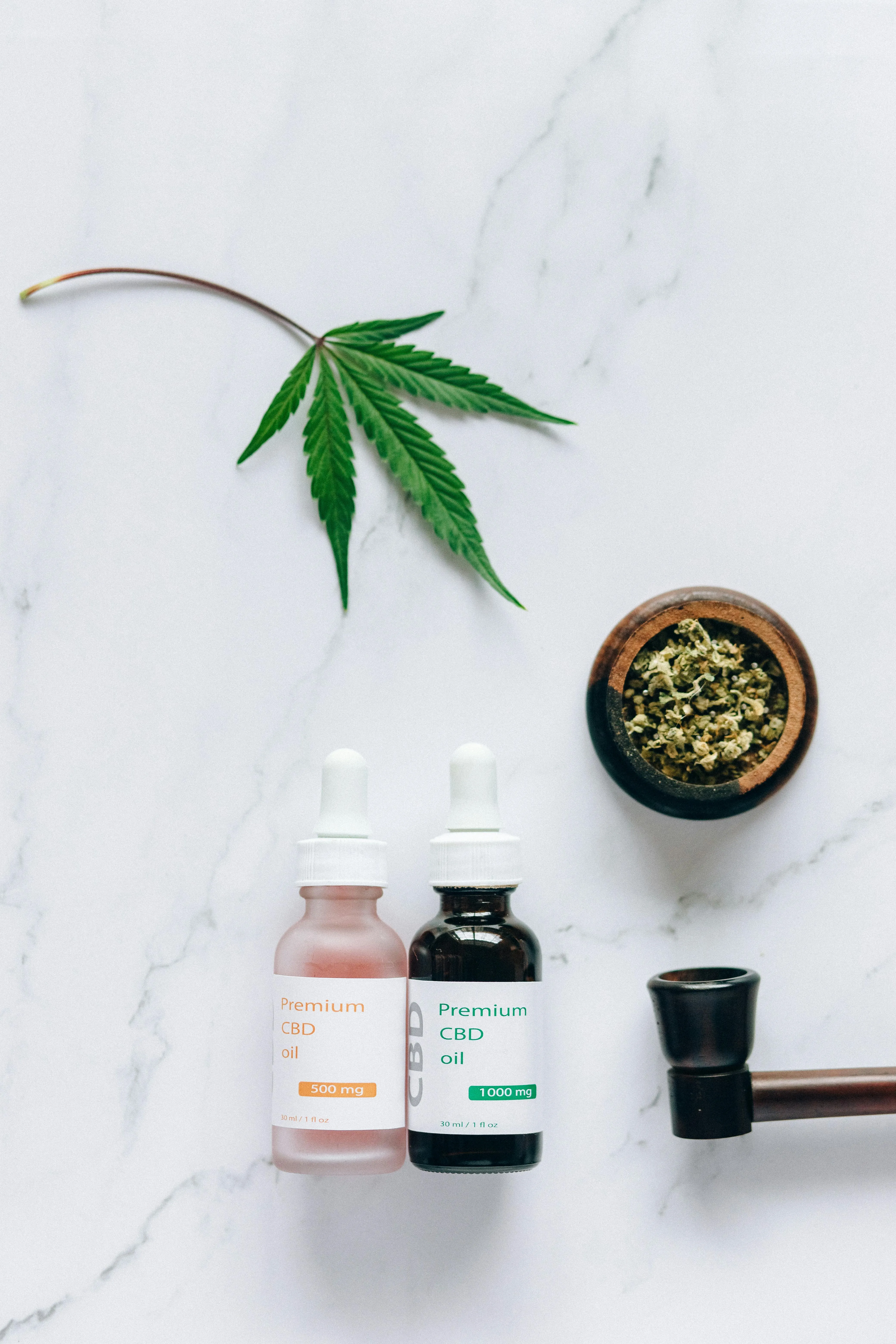“Rooting Out the Problem: A Friendly Guide to Purchasing Invasive Weeds”
Hello, fellow garden enthusiasts! Today, we’re diving into an unusual topic that is as fascinating as it may seem controversial – the purchase of invasive weeds. Yes, you heard it right! But don’t worry, this article isn’t about encouraging their spread in your local environment. Instead, let’s explore why these ‘bad guys’ might just be the secret ingredient for a more vibrant and resilient garden!
First things first, what are invasive weeds? Invasive species, including plants, are non-native organisms that disrupt ecosystems by outcompeting native flora and fauna. However, when confined to controlled environments such as greenhouses or containers, these weeds can serve a beneficial purpose.
Let’s take Japanese Knotweed (Fallopia japonica) for example. This beauty with its heart-shaped leaves and tall, bamboo-like stems might seem harmless in your garden – but beware! If it escapes and establishes itself in the wild, it can cause significant damage to native ecosystems by outcompeting other plants, undermining structures, and altering water flow. But in a pot? It’s a whole different story! Japanese Knotweed is an excellent biomass producer, capable of creating a stunning display of foliage and rapid growth. It also acts as a great natural barrier due to its dense root system.
Another intriguing invader is the Purple Loosestrife (Lythrum salicaria). Native to Eurasia, this plant’s vibrant pink or purple flowers can make any garden pop! But be warned – it’s a nightmare when it takes over wetlands, displacing native vegetation and altering habitat for wildlife. In a container, however, it makes an excellent addition to your water garden, providing nectar sources for pollinators while maintaining its manageable size.
One might argue that these invasive weeds are problematic due to their rapid growth and aggression towards native species. That’s absolutely true! But remember, the issue lies in their uncontrolled expansion into natural habitats. In a controlled environment, these plants can provide quick results, making them popular among gardeners looking for fast-growing, showy specimens.
So, how do we responsibly purchase invasive weeds? Here are some guidelines:
1. Always purchase from reputable sources. Ensure the seller follows local regulations and is committed to responsible plant sales.
2. Buy mature plants. Established plants have a lower risk of spreading seeds than young ones.
3. Contain them! Use appropriate containment methods such as heavy-duty plastic pots or specialized root barriers to ensure these weeds don’t escape your garden and wreak havoc in the wild.
4. Educate yourself. Learn about invasive species in your area and stay informed about new arrivals. Knowledge is power!
5. And finally, never release any plant into the wild!
In a world where gardening trends often prioritize exotic and quick-growing plants, it’s essential to remember our responsibility towards local ecosystems. By purchasing invasive weeds responsibly, you can enjoy their unique qualities while keeping your garden – and the environment – beautiful, biodiverse, and balanced.
Happy gardening! Let’s root together for a sustainable future!